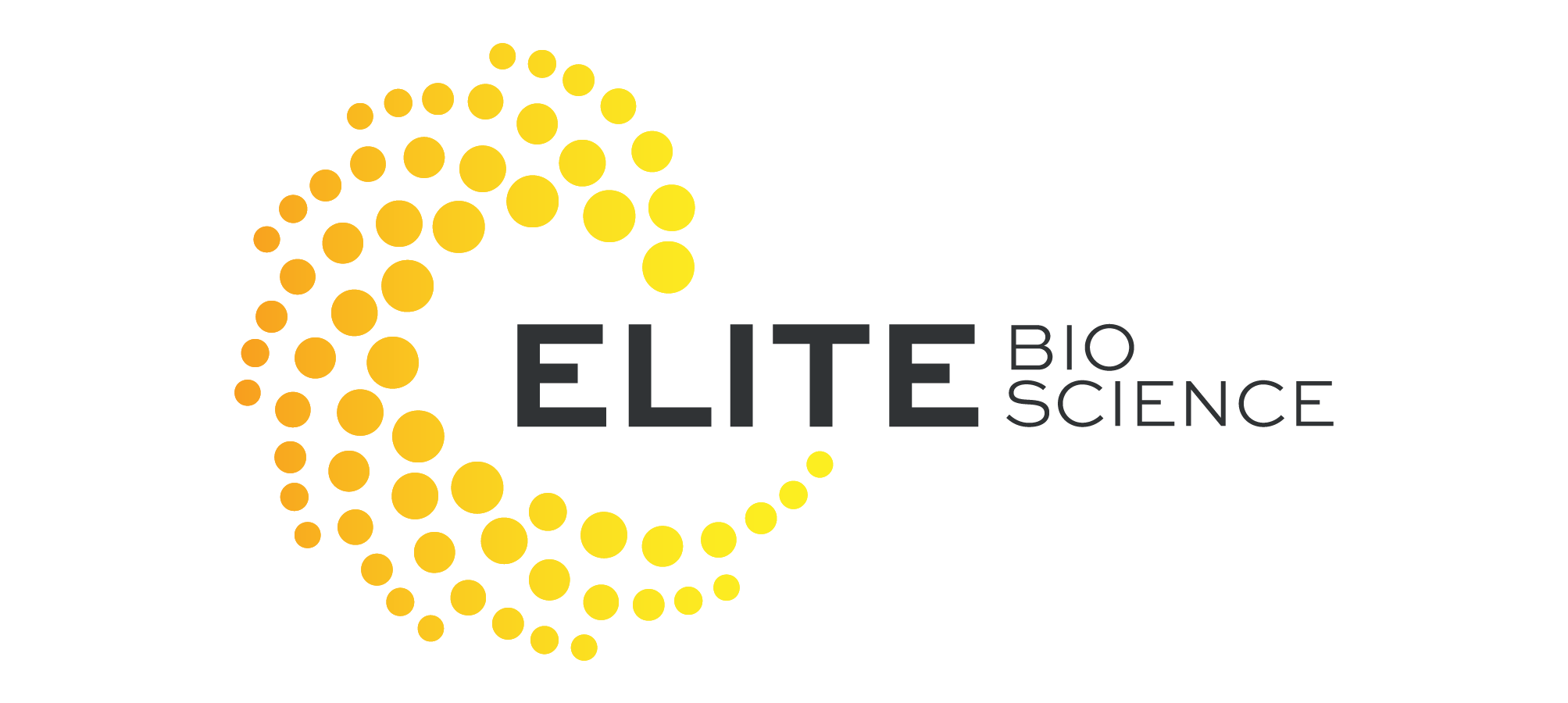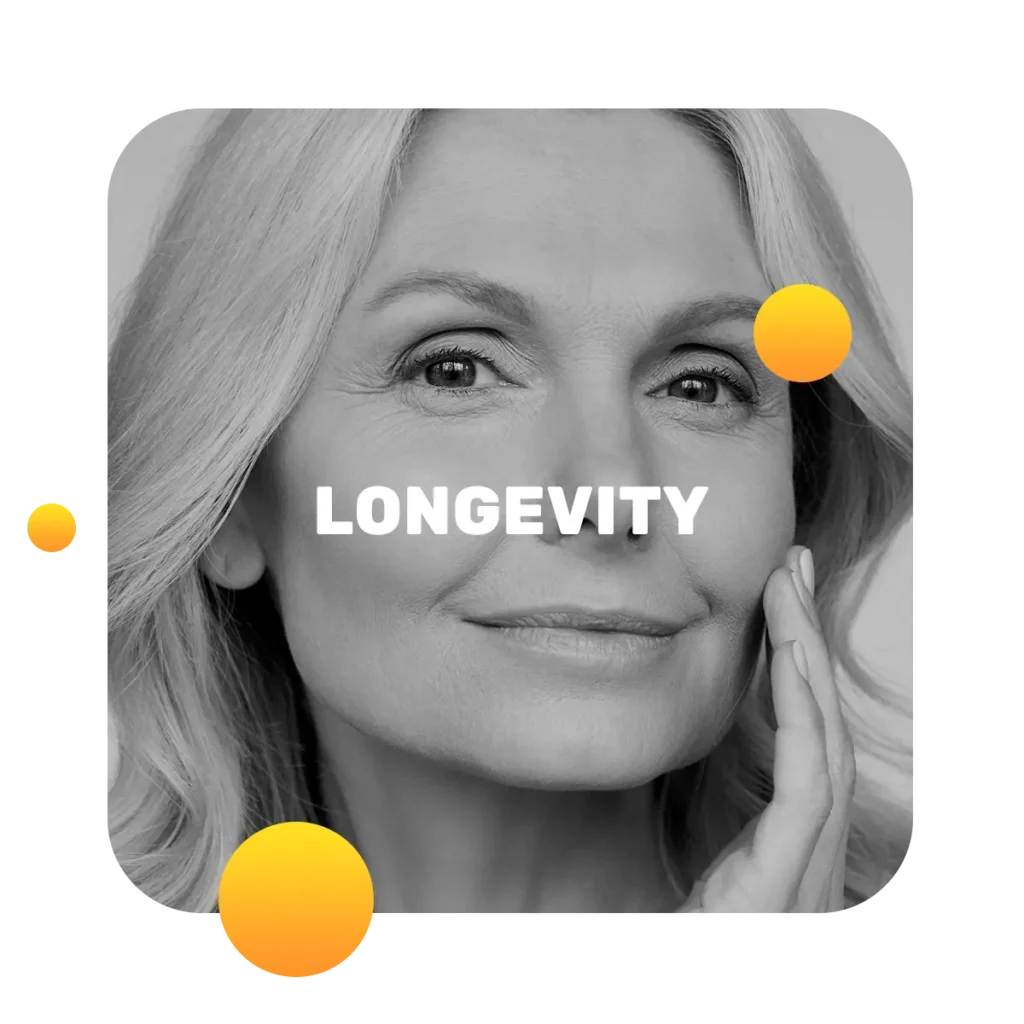How to Reverse Aging Skin: Tips for a Youthful Glow
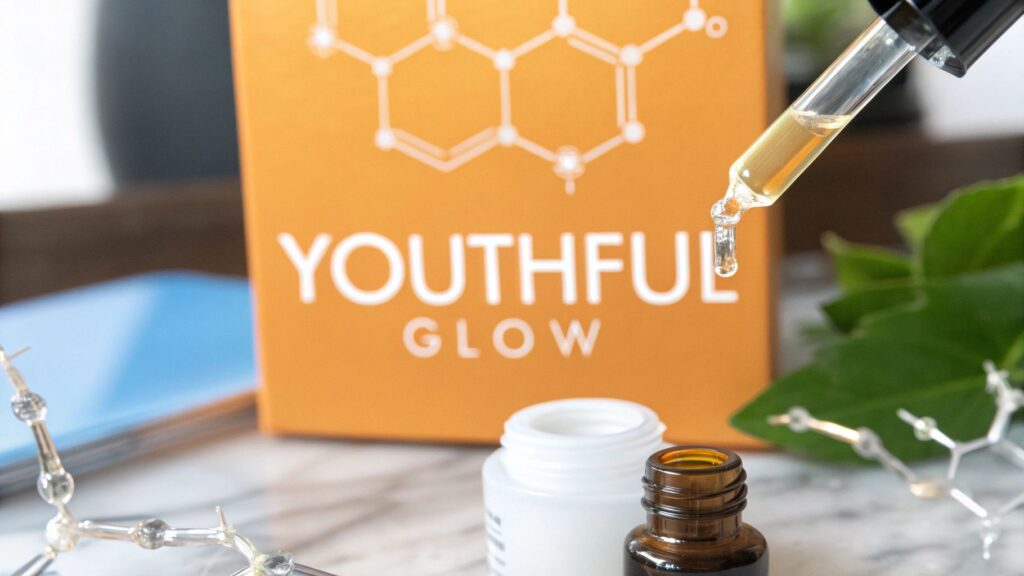
If you want to turn back the clock on your skin, you have to do two things at once: protect it from more damage and actively help it repair itself. This combination is the key. It’s all about shielding your skin from the sun while giving it the ingredients it needs to boost its natural collagen production.
This one-two punch is how you can actually fix existing damage and slow down the signs of aging that are yet to come.
Why Your Skin Ages and What You Can Do About It
To get real results, it helps to know what you’re up against. Skin aging isn’t just one thing; it’s a process that follows two separate paths at the same time. Think of it like two authors writing your skin's story together.
The first author is your DNA. This is intrinsic aging, the natural timeline your genes have laid out for you. Over the years, your body’s production of collagen and elastin—the proteins that keep your skin firm and bouncy—starts to slow down. At the same time, cell turnover gets sluggish, meaning dead skin cells hang around longer and leave your complexion looking dull.
The Impact of Your Environment
While you can’t rewrite your genetic code, you have a ton of control over the second path: extrinsic aging. This is the damage that comes from outside factors, and honestly, it’s responsible for most of what we think of as premature aging. These environmental attacks are what really speed up the breakdown of your skin’s structure.
The main culprits behind extrinsic aging are probably familiar:
- UV Radiation: The sun is, without a doubt, the number one cause of early wrinkles, age spots, and sagging skin. It creates free radicals that chew up your precious collagen fibers.
- Pollution and Toxins: City smog, smoke, and other environmental pollutants put a huge strain on your skin, making it harder for it to repair itself.
- Lifestyle Habits: Things like chronic stress, not getting enough sleep, and eating a lot of sugar can cause inflammation and glycation—a nasty process where sugar molecules attach to collagen, making it stiff and brittle. Hello, wrinkles.
Understanding this difference is everything. Your goal isn’t to fight a losing battle against time itself. Instead, it's about systematically neutralizing these external threats while giving your skin the tools it needs to rebuild and function like it used to.
This proactive approach is your most powerful tool. By focusing on both protection and repair, you can effectively address the visible signs of aging and restore a healthier, more youthful appearance to your skin.
It’s no surprise that the demand for real solutions has created a huge market. The global anti-aging industry was valued at around $53.7 billion in 2025 and is expected to hit $90.8 billion by 2032. This isn’t just hype; it reflects real advances in skincare science. You can learn more about the growing market for anti-aging products and see what’s driving the industry.
Now, let's get into how you can build a routine that actually delivers those results.
Building Your Daily Anti-Aging Skincare Regimen
A truly effective strategy for reversing aging skin isn't about chasing a single miracle product. It's about building a consistent, intelligent daily regimen.
Think of it as a two-part system designed to work around the clock. Your morning routine is your defensive shield, while your evening routine is your dedicated repair crew. This daily commitment is where you’ll see the most significant, lasting changes. When you're consistent, you're signaling to your skin that it has the resources it needs to fend off damage and rebuild its foundational structures, like collagen and elastin.
Your Morning Mission: Protection
The main goal of your morning skincare is to defend your skin against the environmental aggressors you'll face all day long. The two most critical components of this defense are a high-quality antioxidant serum and a broad-spectrum sunscreen.
Start with a potent Vitamin C serum applied to clean, dry skin. Vitamin C is a powerhouse antioxidant that acts like a scavenger, neutralizing the free radicals caused by UV radiation and pollution before they can wreak havoc on your skin cells and break down precious collagen. Look for formulas with L-ascorbic acid, the most researched form of Vitamin C, ideally between a 10-20% concentration for maximum benefit.
After your serum has fully absorbed, the non-negotiable final step is sunscreen. UV exposure is responsible for up to 80% of the visible signs of aging, which makes daily sun protection your single most powerful anti-aging tool. Always choose a broad-spectrum sunscreen with an SPF of 30 or higher to protect against both UVA (aging) and UVB (burning) rays.
Remember, sunscreen isn't just for sunny days at the beach. UVA rays can penetrate clouds and windows, meaning your skin is exposed even on overcast days or while you're driving. Making it a daily habit is absolutely essential.
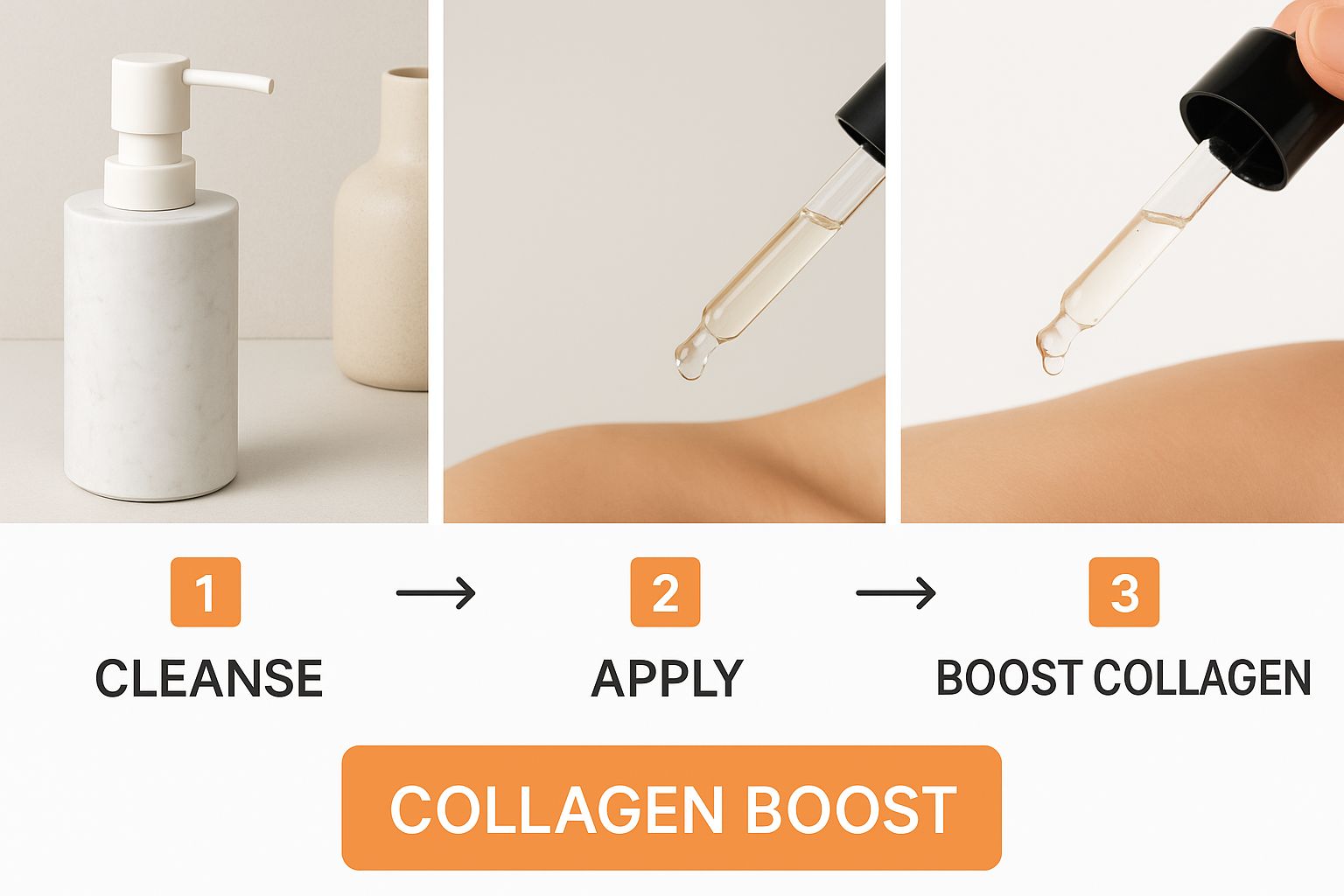
This image highlights how targeted treatments are central to any routine designed to encourage collagen synthesis—a cornerstone of youthful, resilient skin.
Your Evening Strategy: Repair and Rebuild
While you sleep, your skin enters its natural repair cycle. This makes nighttime the perfect opportunity to use active ingredients that promote cell turnover and reconstruction. This is where ingredients like retinoids and peptides really get to shine.
Retinoids, which are derivatives of Vitamin A, are considered the gold standard in anti-aging for a reason. They work by accelerating cell turnover, helping to slough off old, damaged skin cells to reveal fresher, smoother skin underneath. More importantly, they kickstart collagen production, which helps firm the skin and soften the appearance of fine lines and wrinkles over time.
You can start with an over-the-counter retinol and gradually work your way up to a prescription-strength tretinoin if your skin tolerates it. Always apply retinoids at night, as they can be degraded by sunlight. It’s also wise to start by using them only a few nights a week to let your skin acclimate.
After your retinoid, bring in a product with peptides. Peptides are short chains of amino acids that act as signaling molecules, essentially telling your skin to produce more collagen. Think of them as messengers that encourage your skin to act younger and repair itself more efficiently.
Improving your skin's underlying structure is a key part of the anti-aging process. To go deeper, you can explore our guide on how to improve skin elasticity, which provides additional strategies for restoring that youthful firmness.
Your Daily Blueprint for Youthful Skin
This dual approach of protection by day and repair by night creates a powerful system for reversing the signs of aging skin. It’s no wonder the demand for effective routines is booming.
| Routine Focus | Morning (Protection) | Evening (Repair) |
|---|---|---|
| Primary Goal | Shield skin from daily environmental damage (UV rays, pollution). | Promote cellular turnover, boost collagen, and repair damage. |
| Key Ingredients | Antioxidants (Vitamin C), Sunscreen (SPF 30+). | Retinoids (Vitamin A), Peptides, Moisturizers. |
| Non-Negotiable Step | Broad-spectrum sunscreen applied as the final step. | Thoroughly cleansing the skin to remove the day's impurities. |
This clear division of labor ensures your skin gets exactly what it needs, when it needs it, maximizing your results over time.
The growth in the skincare market reflects this demand for effective, science-backed routines. In 2023, the global beauty market generated about $446 billion, with skincare making up around 44% of that. The U.S. skincare industry alone was valued at approximately $22.90 billion in 2023, with steady growth projected.
Layering Products for Maximum Impact
How you apply your products is just as important as what you apply. The general rule of thumb is to layer from the thinnest consistency to the thickest. This ensures that the active ingredients in your lighter serums can penetrate the skin effectively without being blocked by heavier creams.
Here is a sample layering guide to follow:
- Cleanser: Always start with a clean face to remove dirt, oil, and impurities.
- Toner (Optional): If you use a toner, apply it right after cleansing to damp skin.
- Treatment Serum: Apply your Vitamin C (in the AM) or retinoid (in the PM) to dry skin.
- Hydrating Serum/Peptides: Layer on any additional serums, like those with hyaluronic acid or peptides.
- Moisturizer: Apply your moisturizer to lock in hydration and support your skin barrier.
- Sunscreen (AM Only): This is always, always the last step in your morning routine.
Targeted Treatments and Powerhouse Ingredients
Once you have your daily routine of protection and repair dialed in, it's time to bring in the heavy hitters. Think of these targeted treatments as the special forces in your mission against aging skin. They go far beyond daily maintenance, actively working to remodel, resurface, and rebuild your skin from the deeper layers up.
These advanced options range from potent ingredients you can use at home to professional procedures done in a clinic. Integrating them strategically is how you start to make a real dent in stubborn concerns—the deep-set wrinkles, noticeable loss of firmness, and persistent discoloration that a basic routine can't touch. It’s about shifting from defense to offense.
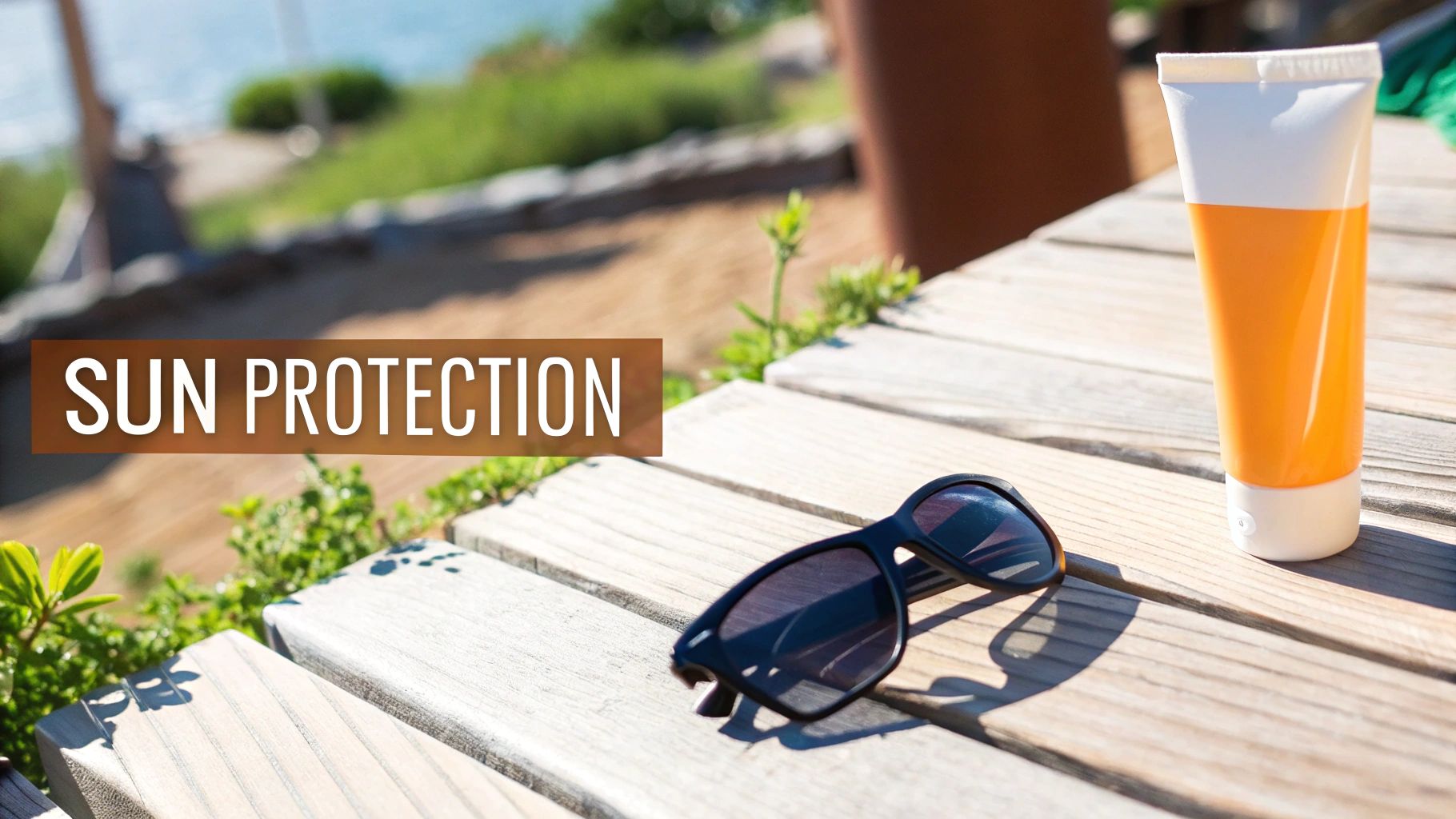
The Power of Peptides
We’ve mentioned peptides before, but these tiny powerhouses deserve their own spotlight. Peptides are short chains of amino acids—the literal building blocks of essential proteins like collagen and elastin. When you apply them to your skin, they act like little messengers, telling your skin cells to get to work on specific jobs.
For example, some peptides signal your cells to ramp up collagen production, which is absolutely critical for restoring density and firmness to thinning skin. Others can even work to inhibit the muscle contractions that cause expression lines, offering a mild, topical smoothing effect over time. It’s this targeted signaling that makes them so invaluable.
Think of peptides as coaches for your skin cells. They provide the right instructions at the right time, encouraging your skin to behave more like its younger, more resilient self. This cellular communication is key to achieving visible improvements in skin texture and elasticity.
By essentially encouraging the skin to rebuild its own support structure, peptides help create a stronger, more youthful foundation from within. For a deeper dive into exactly how these ingredients work their magic, check out our detailed guide on the benefits of collagen peptides for wrinkles.
Professional Procedures for More Dramatic Results
While at-home products are the cornerstone of long-term maintenance, nothing delivers faster or more significant results than a professional treatment. Of course, these procedures should always be performed by a licensed dermatologist or aesthetician after a thorough consultation.
Here are a few of the most effective options out there:
- Microneedling: Also known as collagen induction therapy, this procedure uses tiny, sterile needles to create micro-injuries in the skin. This controlled damage kicks your body’s natural wound-healing response into high gear, flooding the area with growth factors and stimulating a massive surge in new collagen and elastin. The result? Smoother texture, faded scars, and much firmer skin.
- Chemical Peels: A chemical peel uses a specialized solution to exfoliate the top layers of skin, causing them to peel off over a few days. This process uncovers the newer, smoother, and more radiant skin hiding underneath. Peels come in various strengths—from superficial ones that offer a quick refresh with no downtime to deeper peels that can seriously tackle major sun damage and wrinkles.
- Laser Therapy: Lasers use focused light energy to target very specific concerns. Ablative lasers actually remove the outer layer of skin and heat the underlying dermis to stimulate collagen growth, effectively giving you a complete resurfacing. Non-ablative lasers are a bit gentler; they work beneath the surface to boost collagen without injuring the top layer, which means a much quicker recovery.
Choosing the Right Path for You
The decision to pursue a professional treatment really comes down to your specific goals, your budget, and how much downtime you’re willing to handle. The best first step is always a consultation with a trusted professional who can assess your skin and tell you what’s realistic.
They can create a personalized plan that might even combine different treatments for a multi-pronged attack on aging. For example, a series of microneedling sessions can be beautifully complemented by a consistent at-home retinoid routine to maximize and maintain that new collagen. This synergy between professional intervention and daily diligence is often the most powerful strategy of all.
By understanding both powerhouse ingredients like peptides and the potential of professional procedures, you can create a truly well-rounded and effective plan. This knowledge empowers you to make informed choices that will lead to visibly younger, healthier skin.
How Your Lifestyle Shapes Your Skin
Truly youthful skin is a reflection of your overall wellness. While targeted serums and treatments are absolutely essential for repair, your daily habits are what create the internal environment that decides how well your skin can defend itself and rebuild. If you want to learn how to reverse aging skin, you have to look beyond the bathroom mirror and get serious about what you put into your body.
This is all about building a lifestyle that supports your skincare goals from the inside out. Things like your diet, sleep quality, and stress levels have a direct and powerful impact on your skin's health, influencing everything from collagen integrity to cellular repair.
Fueling Your Skin From Within
An anti-inflammatory diet is easily one of the most effective strategies for preserving a youthful complexion. Foods packed with antioxidants act like an internal defense system, neutralizing the free radical damage that speeds up the aging process.
Start thinking of your plate as an extension of your skincare routine. By incorporating these key food groups, you can combat inflammation and give your skin the building blocks it needs to stay strong and resilient.
- Antioxidant-Rich Berries and Greens: Blueberries, strawberries, spinach, and kale are loaded with vitamins that protect your skin cells from oxidative stress.
- Healthy Fats: Foods like salmon, avocados, and walnuts are rich in omega-3 fatty acids, which help maintain a strong skin barrier, keeping it hydrated and supple.
- Colorful Vegetables: Bell peppers and broccoli are fantastic sources of Vitamin C, a non-negotiable component for collagen synthesis.
When you focus on these nutrient-dense foods, you're not just eating healthy; you're actively supplying your skin with the tools it needs for repair. For more ideas on how your diet can help, explore these natural ways to boost collagen through nutrition and lifestyle adjustments.
The Truth About Sugar and Your Skin
On the other end of the dietary spectrum, we have sugar. Pumping your body full of excessive sugar and refined carbs triggers a destructive process called glycation.
During glycation, sugar molecules literally latch onto proteins in your body, and that includes your precious collagen and elastin. This bond creates nasty new molecules called advanced glycation end products, or AGEs.
Think of healthy collagen fibers as being soft, flexible, and bouncy. AGEs turn these fibers rigid, brittle, and weak. This internal stiffening is a major contributor to the formation of deep wrinkles and sagging skin.
Cutting back on sugar is a direct way to protect your existing collagen from this damaging process. Swapping sugary drinks for water and choosing whole foods over processed snacks can make a visible difference in your skin's firmness and texture over time.
The Non-Negotiables: Sleep and Stress Management
What you do when you're awake matters, but so does the quality of your rest. Sleep is when your body's cellular repair mechanisms kick into high gear. During deep sleep, your body releases growth hormones that help rebuild damaged cells and produce new collagen.
Consistently getting 7-9 hours of quality sleep every night is one of the most powerful anti-aging habits you can adopt. Skimping on sleep robs your skin of this critical repair window, leading to a duller complexion and more pronounced fine lines.
Just as important is getting a handle on your stress. When you're chronically stressed, your body pumps out the hormone cortisol. Elevated cortisol levels have been shown to break down collagen and elastin, thin the skin, and trigger inflammatory responses like acne and redness.
Bringing some stress-reduction techniques into your daily life can have a profound effect on your skin's health.
- Mindful Meditation: Even just 10 minutes a day can lower cortisol levels.
- Regular Exercise: Physical activity is a proven stress-buster that also improves circulation, delivering more oxygen and nutrients to your skin cells.
- Deep Breathing Exercises: Simple breathing patterns can calm your nervous system in moments of high stress.
By addressing these lifestyle factors, you create a holistic support system for your skin. This internal approach, combined with a powerful topical regimen, is the most comprehensive strategy for achieving and maintaining a truly youthful glow.
Keeping That Youthful Glow You’ve Worked So Hard For
Getting your skin to that radiant, youthful place is a huge win, but the real magic is in keeping it there for the long haul. Let me be straight with you: the secret isn't some miracle cream you use once. It's about showing up for your skin every single day, being patient, and knowing when to switch things up. This is where the real work of reversing aging skin happens—by making smart, consistent choices.
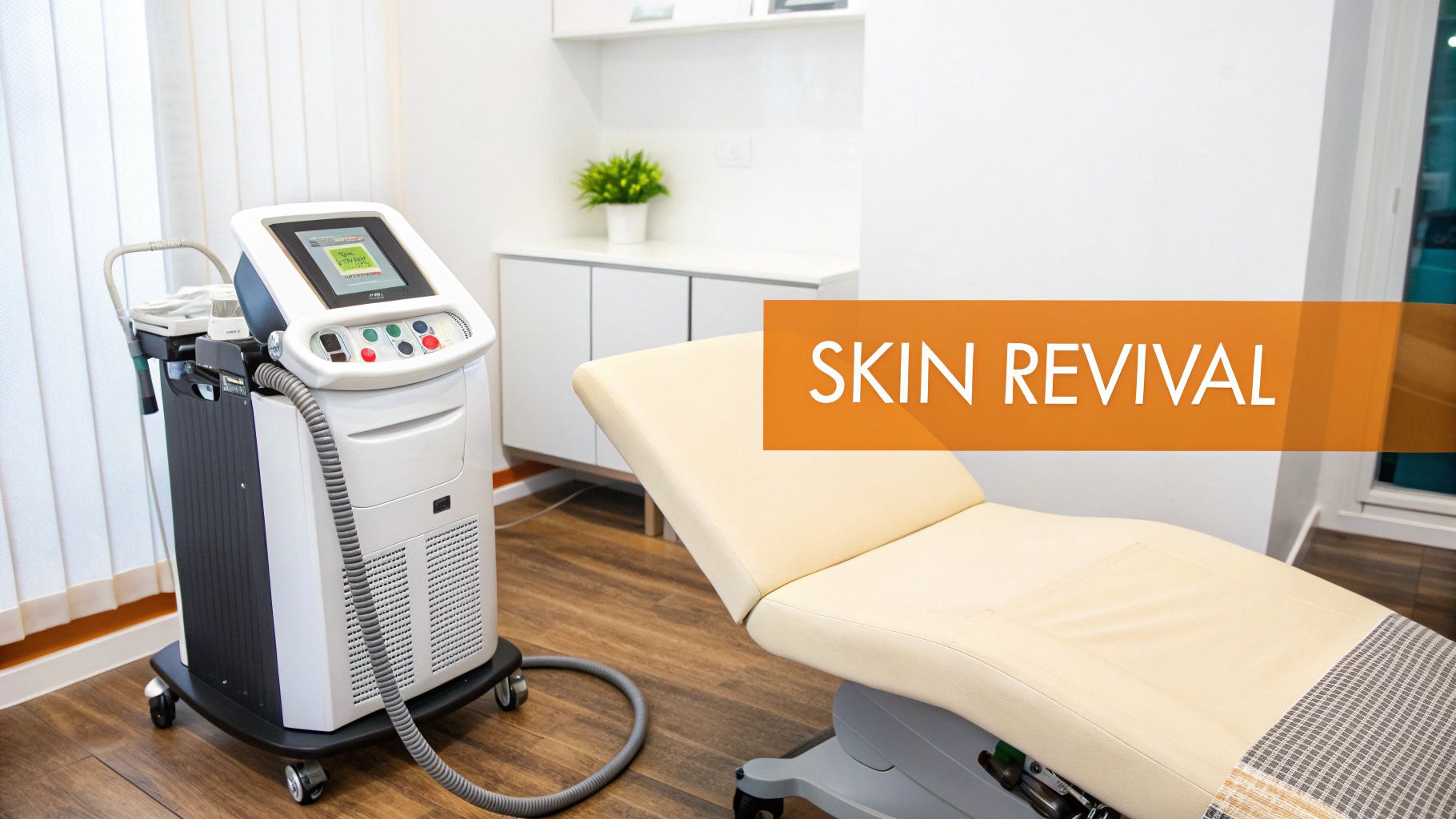
Think of your skin as a living, breathing organ that’s constantly reacting to the world around it. The lightweight moisturizer that feels perfect in the humid heat of July is probably not going to cut it during the dry, bitter cold of winter. The trick is to learn how to listen to what your skin is telling you.
This means paying attention to the little signs. If your face feels tight or starts to look a bit flaky after you wash it, that’s your cue to switch to a gentler, more hydrating cream cleanser. On the flip side, if you're dealing with extra oiliness or breakouts in the summer, swapping your heavy cream for a lightweight gel moisturizer can make all the difference.
How to Get Over the Common Hurdles
One of the biggest challenges I see people face is the adjustment period when they start a powerful active ingredient, like a retinoid. It's totally normal to see some initial dryness, flaking, or redness. We call it "retinization," and it’s a sign that the product is working.
Instead of throwing in the towel, this is when you need to give your skin a little extra support. You can get through it by:
- Buffering: Apply a thin layer of a simple moisturizer before your retinoid to soften the intensity without blocking the benefits.
- Slowing Down: You don't have to go all-in from day one. Start by using it just two or three nights a week, then gradually work your way up as your skin gets stronger.
- Doubling Down on Hydration: This is the time to lean on your hydrating serums—think hyaluronic acid—and fortify your skin's protective barrier with ceramide-rich creams.
This patient, strategic approach allows you to get all the incredible benefits of retinoids without totally freaking your skin out. It turns a potential roadblock into just another part of the journey.
Your mantra should be progress, not perfection. Your skin will have good days and bad days. The real goal is to build a resilient, long-term strategy that keeps it healthy through every season and life change.
Playing the Long Game for Skin Health
Committing to your skin is a marathon, not a sprint. While you'll see some changes pretty quickly (like better hydration), the most profound transformations happen deep down at the cellular level, and that takes time. For example, ingredients that kickstart collagen production need three to six months of consistent use before you'll see a real difference in fine lines and firmness.
Keeping that long-term perspective is what will keep you motivated and stop you from constantly chasing the next "miracle" product. You have to give your routine enough time to actually work.
Ultimately, maintaining your glow comes down to building an intuitive relationship with your skin. Pay attention to how it feels, adapt when it needs something different, and celebrate the small wins along the way. That mindful, consistent approach is the true foundation of timeless, healthy skin.
Your Questions About Reversing Skin Aging, Answered
When you decide to get serious about turning back the clock on your skin, questions are bound to pop up. With so much conflicting advice out there, it's easy to get overwhelmed. Let's cut through the noise and tackle some of the biggest uncertainties people face.
Getting straight answers helps you build a realistic, effective strategy you can actually stick with. Think of this as your roadmap to making smarter, more confident choices for your skin's future.
Can You Really Reverse Skin Aging, or Just Slow It Down?
This is the big one, and the honest answer is: it's a bit of both. While you can't rewind your chronological age, you can absolutely reverse many of the visible signs of damage that make skin look older. It’s less about time travel and more about restoring your skin to a much healthier, more vibrant state.
When you consistently use powerful ingredients like retinoids and antioxidants—and pair them with relentless sun protection—you're actively repairing existing damage. This is what leads to a real reduction in fine lines, a brighter skin tone, and a firmer feel. At the same time, that exact routine is putting the brakes on future aging, helping your skin look and act younger than its years for a long, long time.
How Long Until I See Results From an Anti-Aging Routine?
Patience is probably the most underrated skincare ingredient out there. Sure, your skin might feel more hydrated or look a little plumper within a few weeks, but the truly meaningful changes are happening deep down at the cellular level, and they need time to show up on the surface.
For the heavy hitters that rebuild collagen and speed up cell turnover, like retinoids, you need to commit to at least three to six months of consistent use. That's when you'll see a substantial difference in wrinkles and overall texture. Professional treatments can give you a head start, but your daily routine is what builds and maintains those lasting results.
What's the Right Age to Start an Anti-Aging Routine?
When it comes to your skin, the best offense is a good defense. Sun exposure is the number one cause of premature aging, which makes daily broad-spectrum sunscreen a non-negotiable for everyone, at every age. It is single-handedly the most powerful preventative step you can take.
Beyond that, most dermatologists suggest adding an antioxidant serum, like Vitamin C, to your routine in your early 20s. This helps neutralize environmental damage before it has a chance to accumulate. Then, introducing a gentle over-the-counter retinoid in your mid-to-late 20s is a brilliant move to get ahead of fine lines before they settle in.
Do Expensive Anti-Aging Products Actually Work Better?
Not always. A hefty price tag doesn't automatically mean better results. A product's real value is determined by its active ingredients, its formulation, and their concentration—not by the fancy jar it comes in or the brand name on the label.
You can find incredibly effective, dermatologist-recommended products with proven ingredients like retinol, peptides, and hyaluronic acid right in the drugstore aisle. Your focus should always be on the science inside the bottle, not the price. A well-formulated $30 retinol serum will run circles around a poorly formulated $300 cream every single time. Learning to read an ingredient list is far more valuable than shopping by price.
At Elite Bioscience, we believe in using science-backed therapies to help you reach your wellness and anti-aging goals from the inside out. Our peptide and vitamin protocols are designed to support skin elasticity, promote healing, and boost your overall vitality. Discover how our targeted treatments can complement your skincare routine by visiting us today.
QUICK SEARCH
Make an account today to start your journey towards a better and healthier lifestyle.
